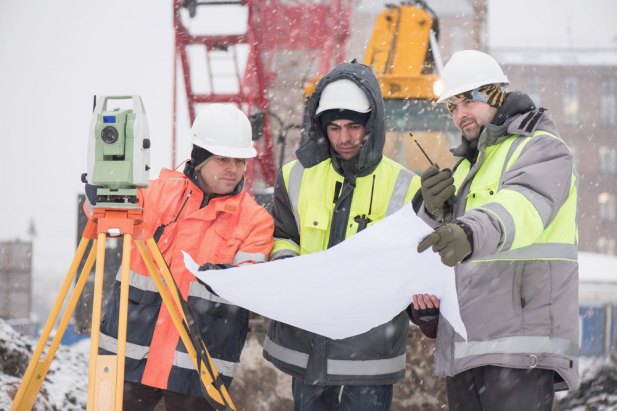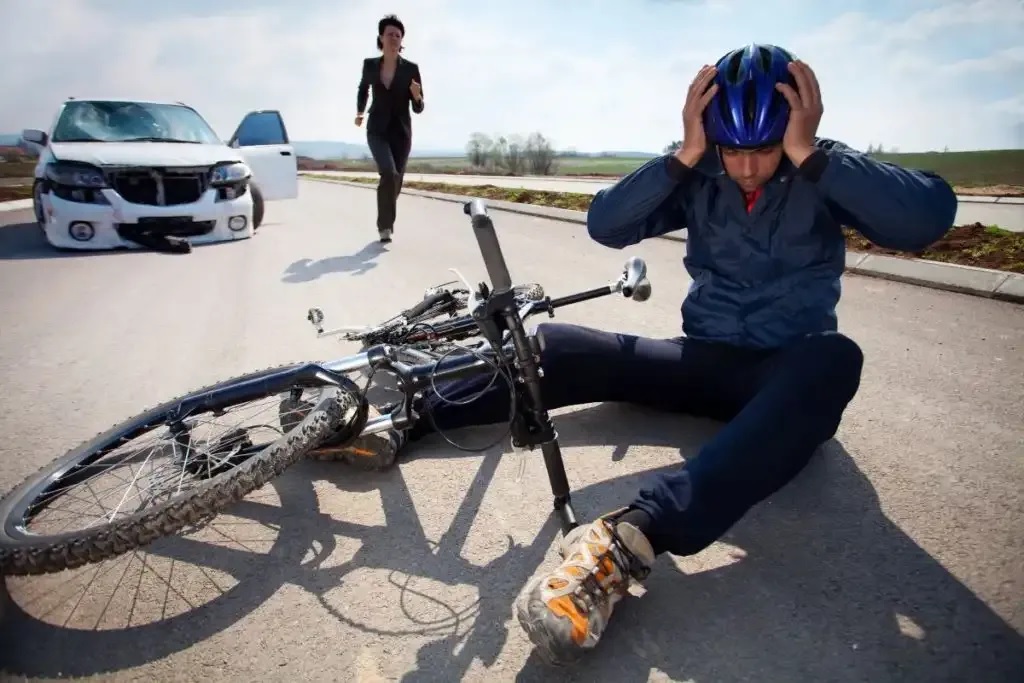
It can be a perilous time of year for those of us who work outside.
According to weather.com, Pennsylvania’s typical low temperatures in December and January range from 12 to 27 degrees Fahrenheit. Frostbite can develop in less than 30 minutes at -16.6°F, according to the Mayo Clinic, and temperatures below 5°F are particularly harmful. However, the term “cold” doesn’t merely refer to the actual temperature; wind chill is also a significant consideration.
You might be eligible for benefits from workers’ compensation insurance if you were hurt at work in Pennsylvania. To talk about your legal actions, consult with a reputable Philadelphia, PA workers’ compensation attorneys.
It’s crucial to take steps to avoid getting hurt outside in the cold, but it’s also crucial to be aware of the risks. The most frequent cold weather workplace accidents are listed below.
Hypothermia
When a body’s internal temperature falls to a very low level, hypothermia sets in. You run the risk of hypothermia when it is really cold outside because your body may start to lose heat more quickly than it can produce it. Shivering, weariness, and confusion are all signs of hypothermia, according to the US Centers for Disease Control and Prevention.
Frostbite
Another severe injury brought on by exposure to cold temperatures is frostbite. Frostbite specifically happens when the skin actually freezes. When frostbite is severe, the affected area may even be lost (e.g., finger amputation). Numbness, tingling, bluish-coloured skin, and a lack of blood flow to the fingers or toes are early indicators of frostbite.
Guidelines for staying safe while performing outside winter work:
- Don a lot of layers of clothing. Since warm blood needs to be circulated to the extremities, layers should fit loosely. Tight clothing inhibits this process.
- When choosing your attire, keep in mind that some items of clothing may limit your range of motion, which could in and of itself lead to a dangerous working environment.
- When it’s severely cold outside, remember to protect your hands, feet, ears, and face. Make sure to wear a helmet and waterproof, insulated boots. To expose as little skin as possible to the cold environment should be the aim.
- Extreme weather workers should take frequent, brief rest breaks in warm, dry shelters to allow their bodies to acclimate.
- It is best to consume warm beverages during the winter, as well as foods that are high in calories.
.
Comments are closed.
Latest Posts
Recent Posts
- Legal Challenges and Solutions in Motorcycle and Auto Accident Claims
- Gun Crime Lawyer: Expert Legal Defense Strategies
- Maximizing Your Accident Settlement: Effective Negotiation Strategies
- Estate Planning Attorney DC: Navigating Legalities for a Secure Future
- Warriors in Court: Advocacy for Post Military
- Benefits of using a Miami accident advocate
- Car Accident Claims: Insider Tips from a Veteran Attorney












